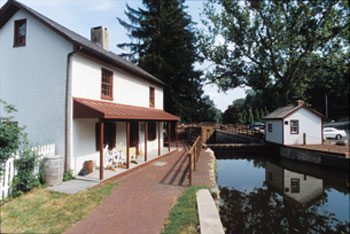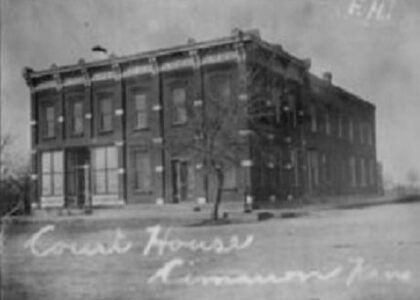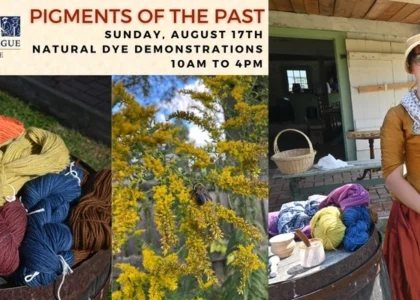Welcome to the Locktender’s House, a fascinating piece of Wisconsin’s rich history nestled on Government Island in De Pere. This two-story Dutch Colonial Revival style house, built in 1912, stands as a testament to the region’s industrious past and its relationship with the Fox River. Constructed at a cost of $3,012, it was originally home to the locktender who managed the adjacent dam and lock system, essential components of local transportation and trade.
The Fox River, a vital waterway since the early 19th century, was key to the development of the region. The first dam in De Pere was built back in 1837, and the lock system was expanded over the years to facilitate the movement of goods and people. By 1896, a new lock was constructed, which still serves as an important historical landmark. The Locktender’s House, constructed in 1912, replaced an older residence and became an integral part of the lock and dam operations.
Over time, the economic focus shifted away from river transportation, leading to a decline in the use of the lock system. By 1983, the U.S. Army Corps of Engineers had abandoned the locktender houses along the Lower Fox River. The Locktender’s House in De Pere subsequently fell into disrepair. However, the community’s dedication to preservation saw it listed on the National Register of Historic Places in 1993, recognizing its significance as part of the De Pere Lock and Dam Historic District.
In more recent years, the Locktender’s House has been transformed into a vibrant community space. Thanks to efforts by local organizations and businesses, it now serves as a seasonal café known as Locktender’s House on the Riverwalk. This adaptive reuse not only saved a piece of history but also contributed to the local economy, creating jobs and drawing visitors to the area.
As you explore this site, imagine the bustling activity of the past, with steamboats and barges navigating the locks, and the locktenders diligently managing the flow of river traffic. The Locktender’s House stands as a reminder of the ingenuity and hard work that shaped the region, and its preservation ensures these stories continue to be shared with future generations.





